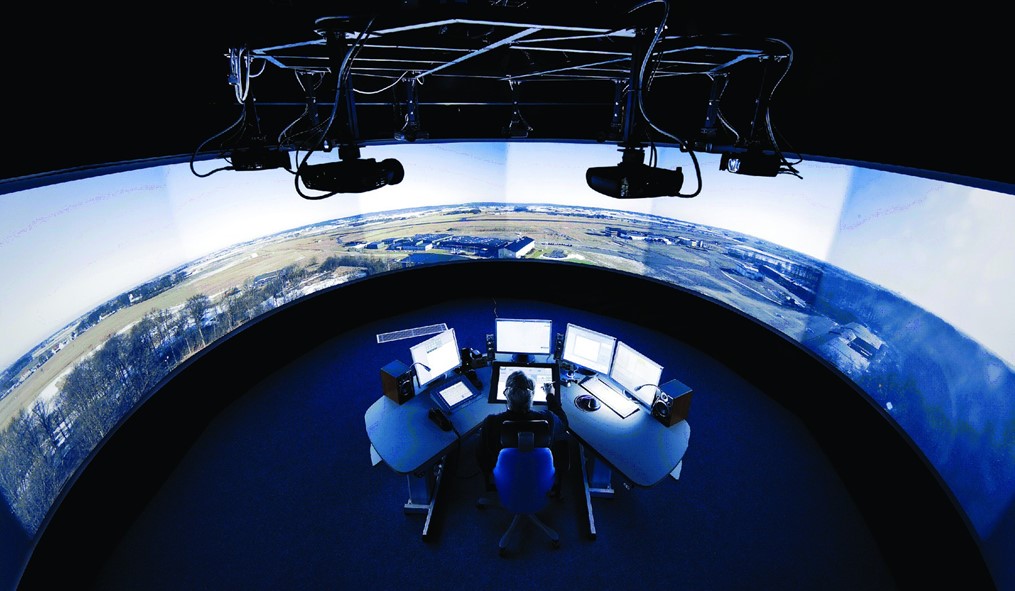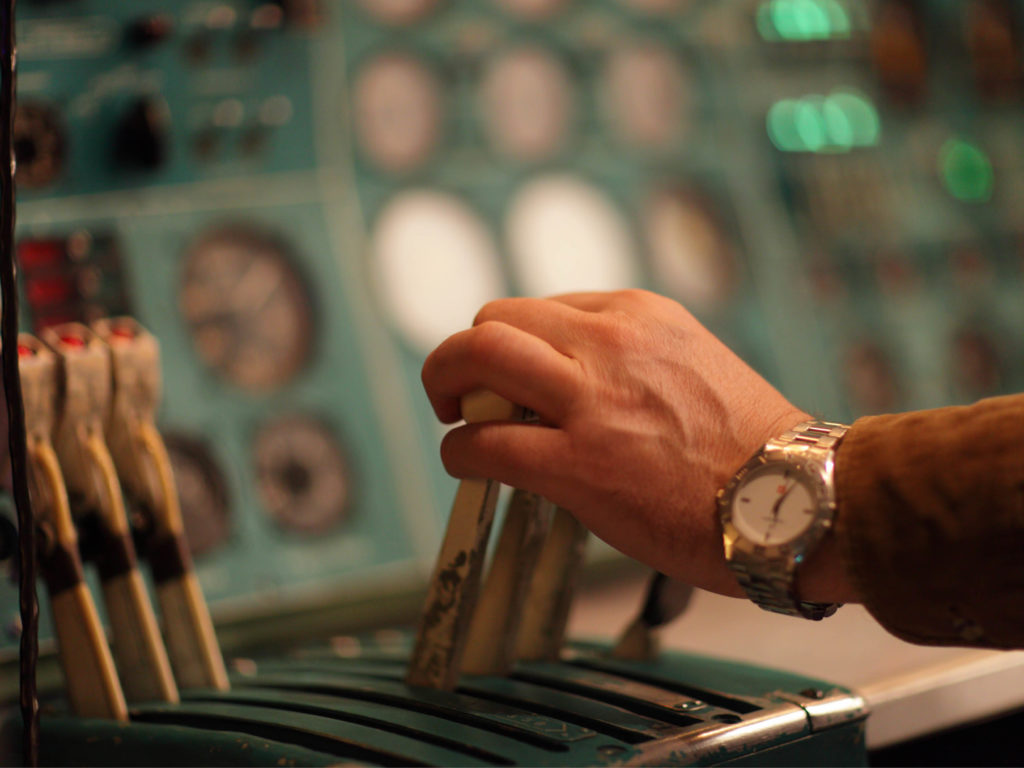
Effective editing will lead to disease correction in both patient cells and mice with no observable off-target editing events. The ErAcr protein will be paired with a novel CRISPR-Cas nuclease and developed into a therapy for SMA> The therapy will be packaged into an adeno-associated viral vector and tested for editing and SMA disease correction in patient-derived cells and in an SMA mouse model. This project will develop an engineered anti-CRISPR (ErAcr) protein to eliminate unintended off-target editing. High precision gene editing technology must be developed to ensure the safety and efficacy of in vivo gene editing therapies. This problem is particularly acute for in vivo therapies where the editing system will be delivered systemically or directly to the target organs, eliminating the ability to screen cells for unwanted editing outcomes. However, application of this technology has been limited by the high degree of unintended 'off-target' editing events. Manipulation of the human genome using CRISPR-Cas gene editors has been validated in early clinical trials to correct genetic diseases.

This Small Business Innovation Research (SBIR) Phase II project will develop and validate a curative therapy for spinal muscular atrophy (SMA) using a novel and proprietary CRISPR-Cas precision gene editing system. This technology can be used to improve and even cure patients of genetic disease. The proposed technology will increase the safety and efficacy of gene editing by optimizing the precision of editing to correct the disease. The broader impact/commercial potential of this Small Business Innovation Research (SBIR) Phase II project will be the development of a curative therapy for spinal muscular atrophy using a novel and proprietary precision gene editing technology.

This award reflects NSF's statutory mission and has been deemed worthy of support through evaluation using the Foundation's intellectual merit and broader impacts review criteria. Tooling inserts will be tested across the most common and challenging injection molding plastics. This project will apply advancements in fiber-filled photopolymers (such as ceramic and polymer particle reinforced resins) in combination with magnetically aligned structures to injection mold tools.

This Phase II SBIR will apply advancements in 3D printing of fiber-reinforced photopolymers to the injection molding application. This will be used for applications in industries across automotive, aerospace, consumer product goods, and medical devices. The proposed project will develop new tooling for low-volume injection molding applications at strengths and resolutions comparable with machined aluminum at a fraction of the current cost and lead time, providing extra resilience to the supply chain. Unfortunately, injection molding can be a lengthy and wasteful process because molds are designed, machined from metal, and then shipped to an injection molder. The broader impact/commercial potential of this SBIR Phase II project is to lower costs for injection molding, a common method of manufacturing plastic goods.


 0 kommentar(er)
0 kommentar(er)
